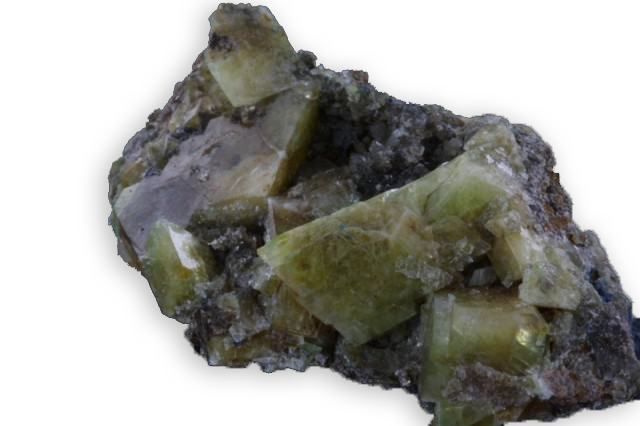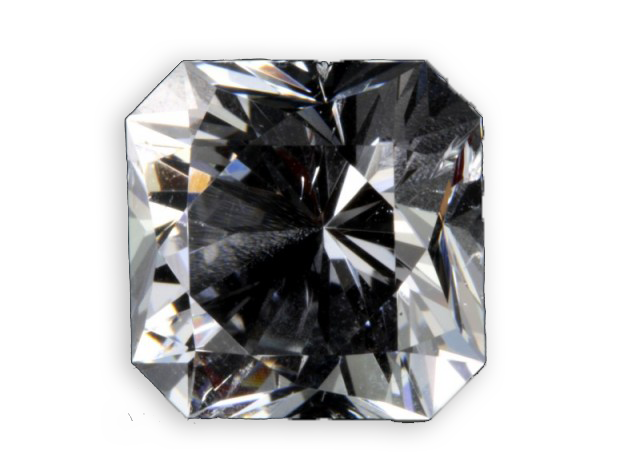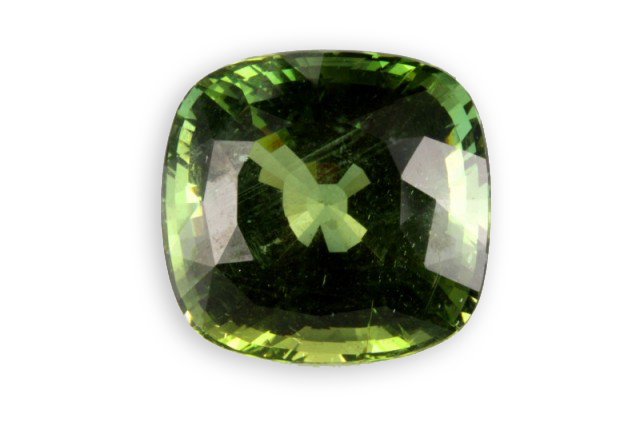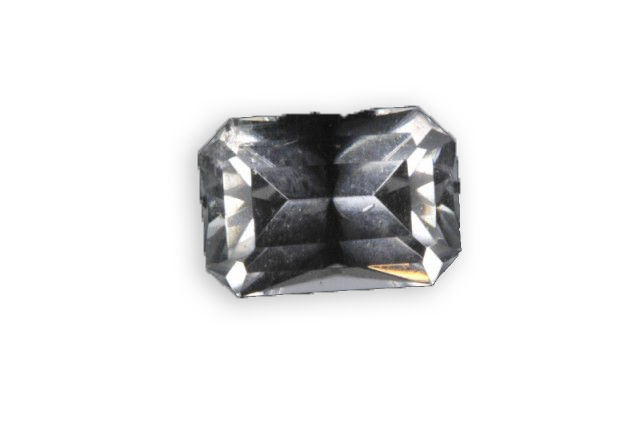
white
Je vous emmène à travers mes vidéos découvrir mon expérience acquise depuis plus de 30 ans a silloner le globe entier à la recherche de pierres précieuses, de rencontre mémorables mais aussi de difficulté parfois …
actualités
Categories



apophyllite
It was identified in 1806 by René Just Haüy, its name comes from the Greek “apophylliso” which means “exfoliates”, “that flakes “ … to heat, friction, acid. There are several varieties according to their chemical composition: rich in sodium, it is the natroapophyllite; rich in


anhydrite
Identified by Werner in 1804, its name comes from the Greek “anhydros” which means without water, as opposed to gypsum, which contains it. A blue variety that comes from Peru is called Angelite. Another variety from Italy (Costa Volpino in Lombardy) is called vulpinite.




